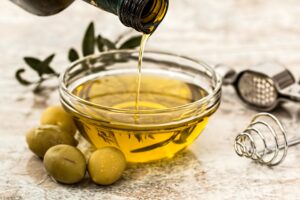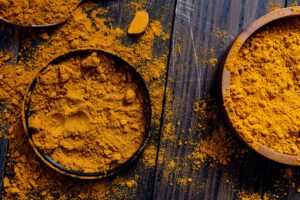To Remove pesticides from fruits and vegetables can be challenging, but there are several natural methods you can use to reduce pesticide residues and ensure your produce is safer to consume. Keep in mind that these methods may not completely eliminate all pesticide residues but can help reduce them to some extent:
- Wash Thoroughly: Washing fruits and vegetables under running water is one of the most effective ways to remove surface pesticide residues. Use a brush for items with thicker skins, such as potatoes and carrots. Gently rub the produce to remove dirt and contaminants.
- Use Vinegar Soak:
- Create a solution of one part white vinegar to three parts water.
- Soak your fruits and vegetables in this solution for 5-10 minutes.
- Rinse them thoroughly with clean water afterward to remove any vinegar taste.
- Baking Soda Scrub:
- Make a paste by mixing baking soda and water to create a thick, spreadable consistency.
- Gently scrub the produce with the paste, using a brush or your hands.
- Rinse thoroughly with water.
- Salt Water Soak:
- Dissolve a tablespoon of salt in a bowl of water.
- Soak your fruits and vegetables for a few minutes.
- Rinse with clean water.
- Peel or Trim: Consider peeling or trimming outer layers, such as the skin of apples or leaves of leafy greens, to reduce pesticide exposure. However, this may also remove some of the nutrients and fiber.
- Buy Organic: Organic produce is grown with fewer synthetic pesticides, so choosing organic options can help reduce your pesticide exposure.
- Choose Low-Pesticide Varieties: Some fruits and vegetables are more prone to pesticide residues than others. Check the Environmental Working Group’s “Dirty Dozen” and “Clean Fifteen” lists to identify produce items with higher or lower pesticide levels.
- Use Hydrogen Peroxide Wash:
- Mix equal parts of water and food-grade 3% hydrogen peroxide in a bowl.
- Soak your produce for a few minutes.
- Rinse with clean water.
- Steam or Boil: For items that can be cooked, such as leafy greens, steaming or boiling can help reduce pesticide residues. Just be mindful that this method may also leach some nutrients.
- Buy Local and Seasonal: Purchasing fruits and vegetables from local farmers’ markets or subscribing to a community-supported agriculture (CSA) program can reduce the time between harvesting and consumption, potentially limiting pesticide exposure.
- Grow Your Own: Consider growing your own fruits and vegetables using organic gardening practices to have more control over what goes into your produce.
Remember that while these methods can help reduce pesticide residues, they may not completely eliminate all contaminants. It’s essential to strike a balance between food safety and nutrition. Additionally, always wash your hands thoroughly before handling produce and store them properly to maintain their freshness and safety.




